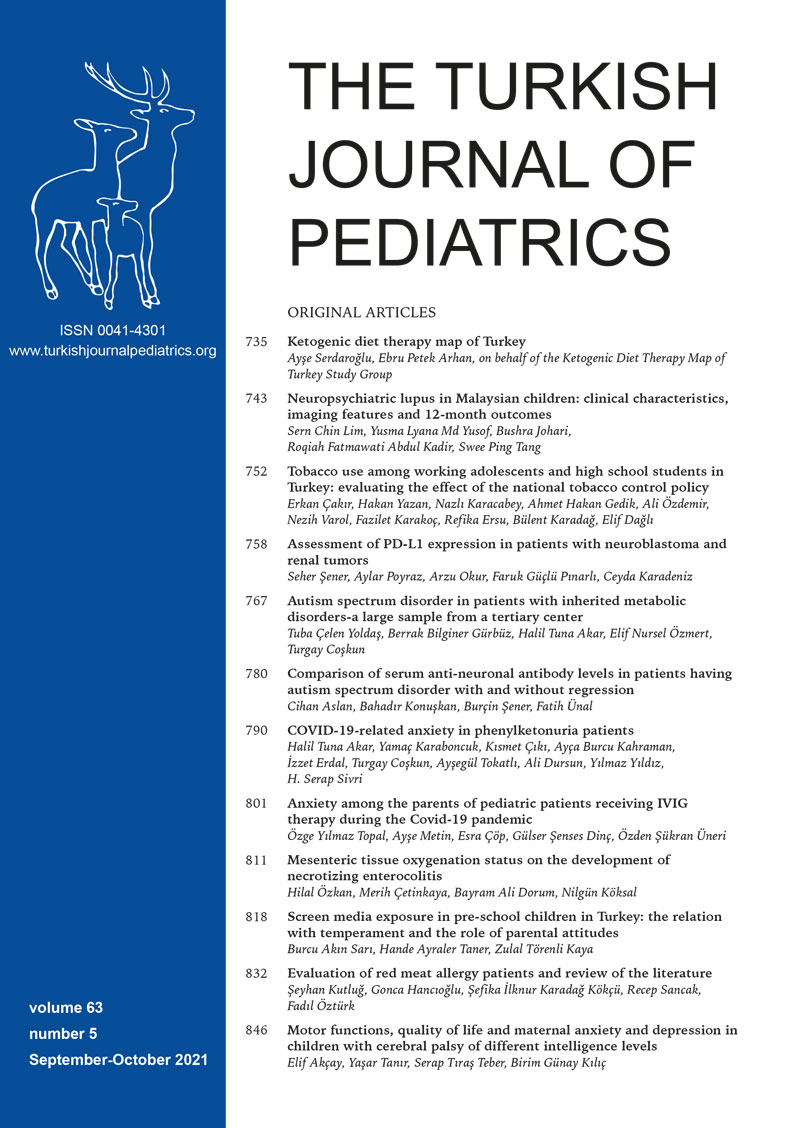Abstract
Background. The aim of this study is to examine the thickness of choroidal, macular and peripapillary retinal nerve fiber layer by spectral-domain optical coherence tomography (SD-OCT) in pediatric patients with sickle cell anemia (SCA) without retinopathy.
Methods. A total of 75 children (30 SCA patients (Group 1) and 45 healthy individuals (Group 2) were included in the study. Macular (central, superior, inferior, nasal, temporal), choroidal (subfoveal, at nasal distances from the central fovea of 1000 μm [N1], 2000 μm [N2], 3000 μm [N3], at temporal distances from the central fovea of 1000 μm [T1], 2000 μm [T2], 3000 μm [T3]) and RNFL (average, temporal, superotemporal, inferotemporal, nasal, inferonasal and superonasal) measurements were performed by SD-OCT. These parameters were compared with healthy children with similar demographic characteristics.
Results. The mean age was 14.11±3.86 (11-18) in sickle cell anemia patients and 13.15± 2.69 (10-18) in the healthy control group. Of the patients, 56.6% (n=17) of Group 1 and 44.4% (n=20) of Group 2 were male. Choroidal measurements made in the subfoveal, N1, N2, N3, T1, T2 and T3 quadrants showed that the choroid was thinner in 6 quadrants in SCA patients compared to the healthy group (p = 0.003, p = 0.039, p = 0.035, p = 0.595, p = 0.006, p = 0.005, p = 0.047, respectively). In RNFL measurements, there was significant thinning in the temporal, inferotemporal, and nasal quadrants of SCA patients compared to the healthy group. Changes in other quadrants were not significant.
Conclusions. SD-OCT is a useful imaging method in the diagnosis and screening in patients with SCA without retinopathy. Early diagnosis of retinopathy during subclinical disease will prevent visual loss in these patients.
Keywords: choroidal thickness, retinal nerve fiber layer, sickle cell anemia, spectral-domain optical coherence tomography
Copyright and license
Copyright © 2021 The Author(s). This is an open access article distributed under the Creative Commons Attribution License (CC BY), which permits unrestricted use, distribution, and reproduction in any medium or format, provided the original work is properly cited.














